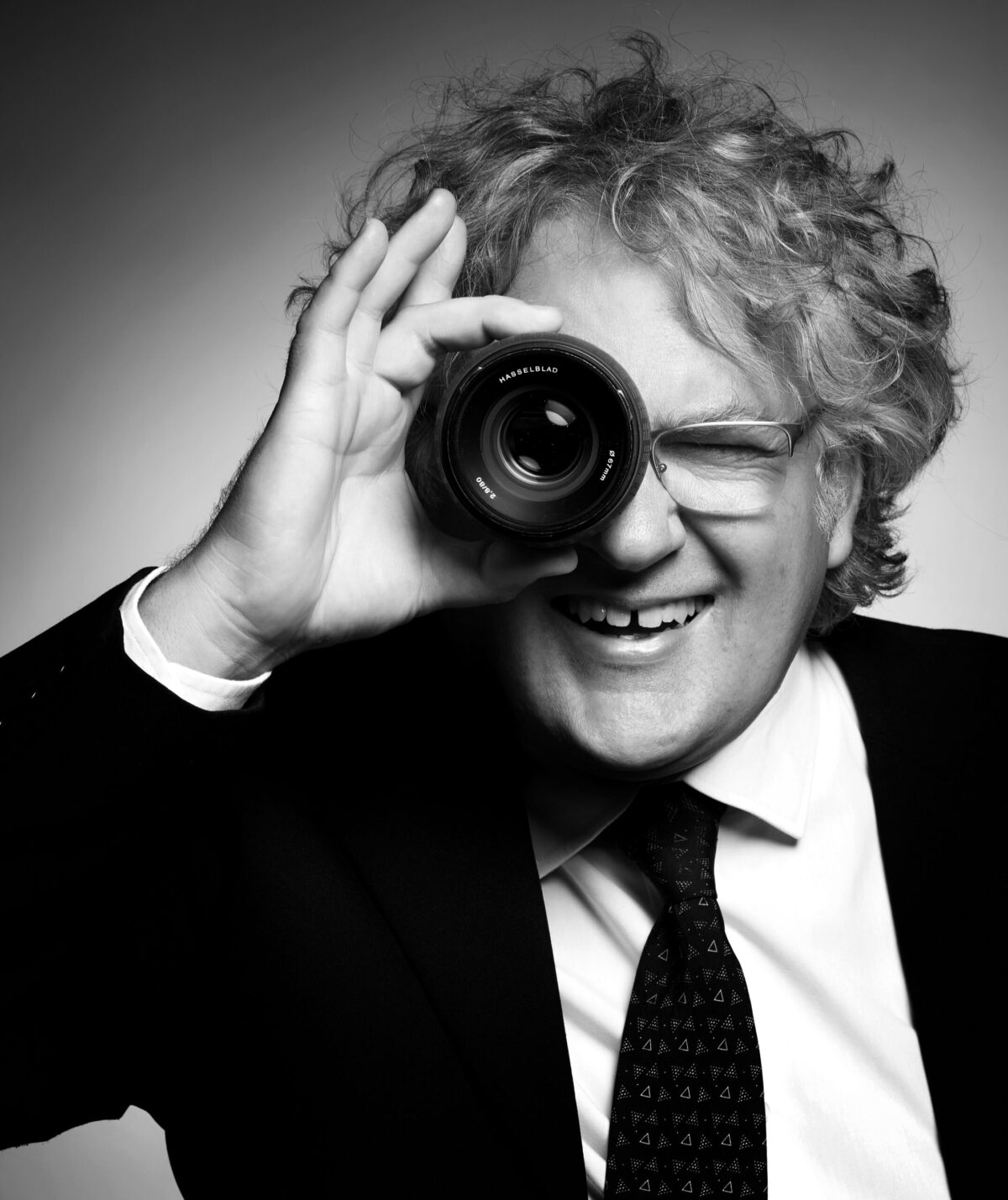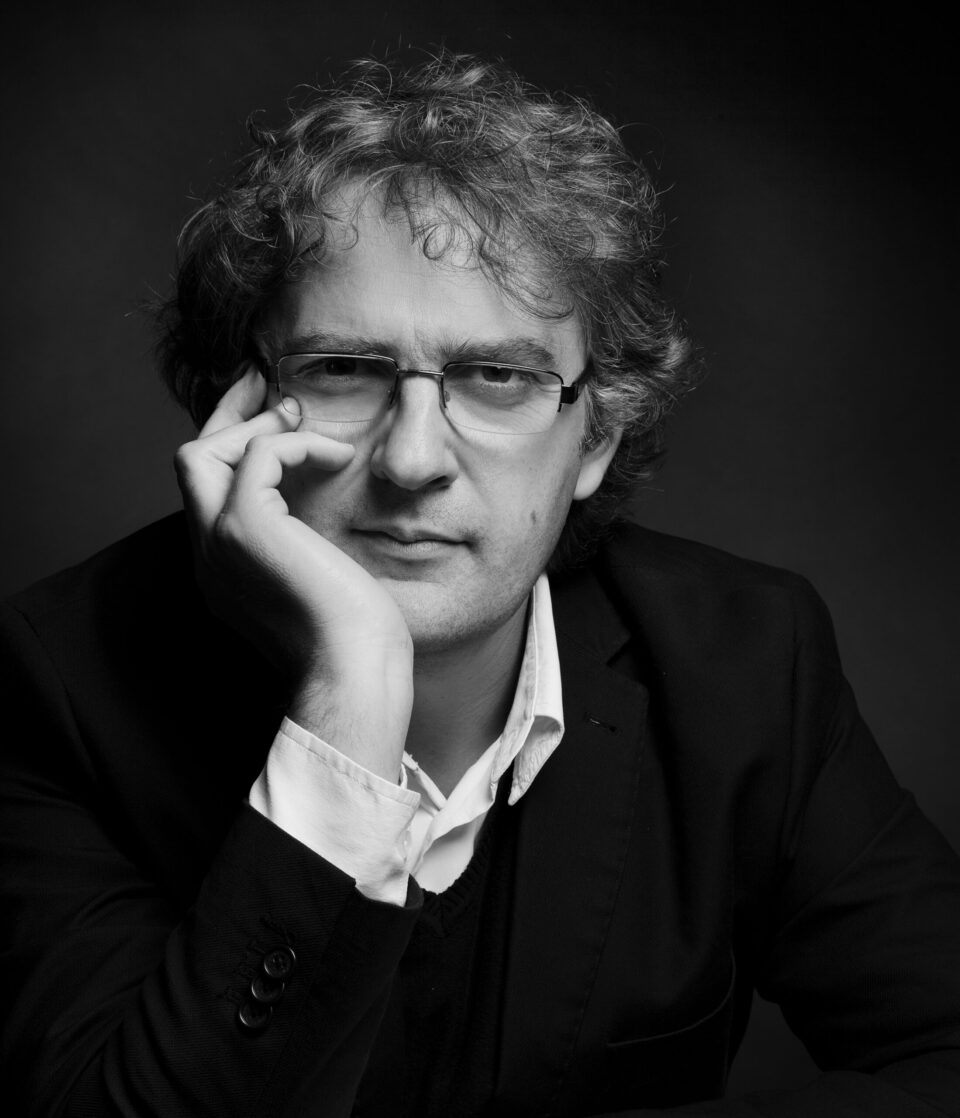The most important thing is building relationships and trust with the people who stand in front of the lense
 Nebojša Babić is a Serbian photographer and journalist known for his work in documenting Serbian society and culture. He has contributed significantly to the field of photojournalism in Serbia, capturing moments that reflect the country’s social, political, and cultural landscape. Babić’s photographs often portray everyday life, events, and people with a keen eye for detail and emotion. His work has been featured in exhibitions, publications, and media outlets including Diplomacy&Commerce magazine, earning him recognition and acclaim within the photography community.
Nebojša Babić is a Serbian photographer and journalist known for his work in documenting Serbian society and culture. He has contributed significantly to the field of photojournalism in Serbia, capturing moments that reflect the country’s social, political, and cultural landscape. Babić’s photographs often portray everyday life, events, and people with a keen eye for detail and emotion. His work has been featured in exhibitions, publications, and media outlets including Diplomacy&Commerce magazine, earning him recognition and acclaim within the photography community.
Looking at everything you’ve been working on, the general impression is that there’s hardly a field you haven’t tried. From sports, culture, portraits, fashion, all the way to numerous exhibitions and events covering a variety of topics. Do you ever find yourself “oversaturated” with everything you’ve done, or do you still manage to find inspiration?
Every day, or rather every shoot, is a new life for me. That’s why I don’t have the feeling of saturation; on the contrary, every photoshoot and every person in front of the lens is a new challenge and an introduction to a new world for me. Working with theaters, in film, and in the music scene greatly helps me find inspiration in creating images. I visit various exhibitions and museum displays, collect books not only on photography but also on design, advertising, and contemporary art. I’ve set myself the task of making at least one interesting photograph every day.
How would you rate the current state of the cultural scene in Serbia?
The current state of the cultural scene in Serbia can definitely be characterized as dynamic and diverse, but faced with certain challenges. It is indeed rich and diverse, with many events and occasions that attract a wide audience. However, it faces challenges such as the lack of adequate support and funding, which could jeopardize its further development. Digital transformation and the involvement of young people represent positive aspects that can contribute to its improvement. According to the innovation report, there is significant progress in the digitalization of cultural content, enabling broader accessibility and interactivity. It means a lot to me when I encounter people who are guardians of cultural heritage and tradition, which society often overlooks or has already forgotten.
What characteristics must a photographer possess to be successful in what they do?
A successful photographer must possess a range of characteristics that enable them to excel in their profession. It’s essential to have and continually refine technical skills (knowledge of equipment, photo post-production), creative skills (eye for detail, composition, innovation), and other indispensable skills (communication, organization, understanding the business aspects of photography). Personal qualities such as patience, persistence, flexibility, adaptability, and, of course, a passion for photography are also important. The combination of these qualities can help any photographer succeed in their career. For me personally, the most important thing is building relationships, actually, trust with the people who stand in front of the lens. You have collaborated with cultural institutions, humanitarian organizations, publishing houses, and creative agencies in Serbia and abroad.
There is significant progress in the digitalization of cultural content
Which of these projects would you highlight as your favorite and why?
I believe that every socially beneficial work is important, no matter how extensive or visible it may be. I’ve had the opportunity to work on various projects such as campaigns for Early Detection of Breast Cancer, Schools Without Violence for UNICEF, NURDOR, Tiršova, ŽC Milica, Hemofarm Foundation, Belgrade Philharmonic, Kolaračeva Endowment, National Theatre, Yugoslav Drama Theatre… I would highlight my work on the O3ONE project because, in collaboration with many exceptional creatives, artists, curators, and producers, I managed, together with all of them, to make that contribution. By creating numerous diverse cultural, educational, and artistic contents over the past twenty years, in different locations in the city, we have contributed to the development of the contemporary art scene and culture in general. I think it’s very important to have and develop projects like O3ONE, whose mission is to encourage and promote not only established artists who serve as guides to new generations but also young creators who need support.
How would you describe your photography style? What sets it apart from others?
It would be better for someone else to speak about my photos; I can only talk about what I aspire to, to find the beauty and the best in every person and portray them as such. I believe the key to successful photography lies in interaction with the subject. A photograph should be a window into a different view of the world around us. I strive for a minimalist approach and focus on simple compositions. This style allows the essence of the subject to stand out without unnecessary elements that might distract. I aim for each photograph to be authentic and reflect the best aspect of the person in front of the lens. One of the main goals of my work is to create an emotional connection between the photograph and the viewer.
You have won numerous awards and accolades, recognized as one of the best photographers in our region. What, in your opinion, was the key factor in achieving such success, and what advice would you give to future colleagues?
Photography for me is not just a job but a calling and a passion. I have always been dedicated to continuously improving my skills, experimenting with new techniques, and seeking different perspectives. While creativity is essential, technical mastery is also necessary. Continuous learning and improvement of the technical aspects of photography are crucial for maintaining consistent quality. The photography style I cultivate has evolved through a constant search for new, different understandings of the world and the moment we are in, reflecting my personality and emotions. Success in photography rarely comes overnight. It took a lot of patience, perseverance, and dedication to achieve certain results. Accepting criticism, learning from failures, and continuously improving were crucial for my progress. The advice I would give to future colleagues is to nurture their passion, be committed to continuous learning and improvement, develop an authentic style, and not give up in the face of challenges. Photography is a journey, and success comes through perseverance, hard work, and dedication to one’s artistic expression.
 What are the biggest challenges of your profession?
What are the biggest challenges of your profession?
Technological advancement brings with it many advantages but also challenges. In the digital era, tools like advanced cameras, photo editing software, and content-sharing platforms allow photographers to capture and convey moments with incredible precision and creativity. However, it’s important for technology to be used thoughtfully and responsibly, as a means to enhance the quality of work, rather than as a replacement for human creativity and authenticity.
Photographers, as chroniclers of our time, have a special responsibility to use technology adequately to highlight important stories and draw attention to key social and environmental issues. Through their work, they can contribute to raising awareness about issues such as climate change, human rights, tolerance, and understanding among people. In this way, technology becomes a powerful tool for positive change, not just a means for entertainment or commercial gain.
The most important thing is building relationships, actually, trust with the people who stand in front of the lens
The best example of this is the current exhibition by the world-renowned photographer Sebastiao Salgado, held in Trieste, which is one of the must-see cultural events this season. Salgado is remembered in our regions for documenting the large-scale migration of Serbian population from the Knin region. Photography serves as irrefutable evidence in court and for those who will write the history in these tumultuous times.
I believe that humanity, faced with the challenges brought by technological advancement, will find a way to return to basic values of unity, caring for the planet, and responsibility towards future generations. In this context, photographers and other creatives play a crucial role in shaping the world we live in, using technology to inspire, educate, and connect people worldwide.